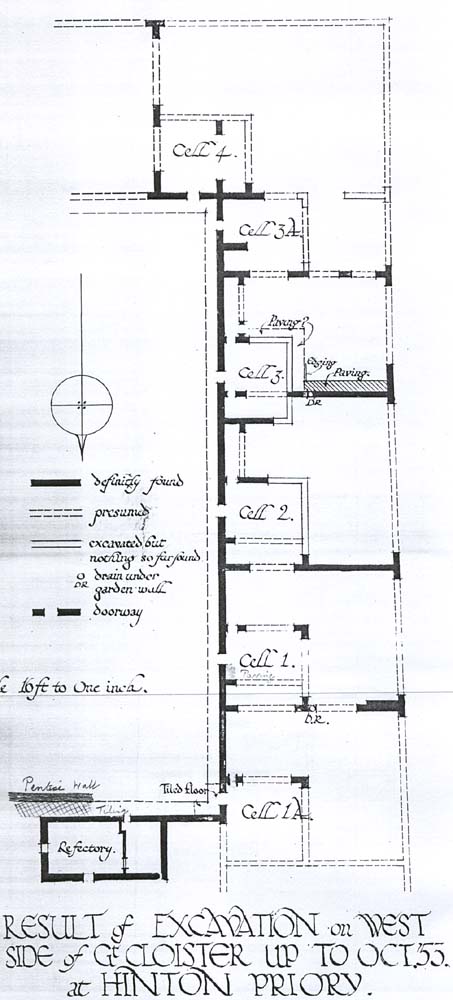Hinton
Priory
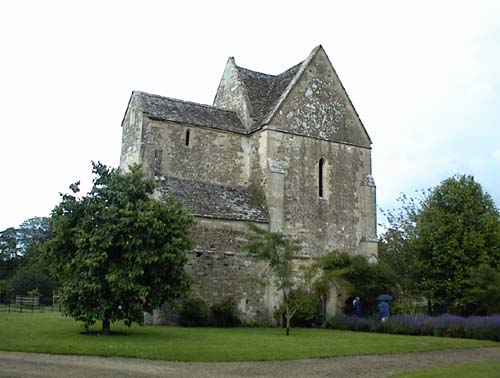
Refectory
today
The
Priory by Isla Tuck
The Priory was duly built, as was an Abbey at Laycock
and Ela herself is said to have attended the dedication ofboth establishments
on the same day in 1232, spending the morning in Laycock and riding over to Hinton
in the afternoon. The deer park provided the monks with a high outer boundary
wall which seems to have lasted for the whole of their time at Hinton. Even to-day
these boundaries, imposed on Hinton for at least 400 years, can be seen in the
shape of the village.
The Carthusians belonged to one of the most austere
Orders; founded by St. Bruno in 1090, it had its roots in the solitary hermits
who frequented deserts and bleak mountainous regions. Their cloisters were surrounded
by little four roomed cottages rather than the traditional cells. Their church
was small and they ate together infrequently. Their diet was almost vegetarian
-no flesh allowed although they had fish and cheese on feast days. In the 1950's
when Major Philip Fletcher owned the Priory, he carried out excavations over several
summers and identified the extent of the cloister and uncovered a number of the
cells. At the present time it is not possible to see over the ruins.
Hinton
Priory was only the second Carthusian foundation in England -the fIrst being at
Witham. These two earliest foundations followed the Continental pattern and each
had a Correrie at some distance from the Priory .Here the lay-brothers lived with
their own cells and church and it was via the Correrie that all visitors would
have had to approach the Priory and gain permission to proceed. The Correrie at
Hinton is ,about half a mile from the Priory at a place now known as Friary Green
in a wooded area near the river Frome. It is however thought that the Correrie
ceased to be used by the lay-bothers after a hundred years of so, when they may
have moved to the Priory itself.
The Priory's land in Hinton was farmed from
the Grange Farm which was on the site of the present Hinton House. The Carthusians
had a similar Grange in Norton St. Philip and also owned water mills in Hinton,
Midford, and Iford. Over the years they were given land in surrounding villages
and they also owned sheep runs at Green Ore where they may have had a small cell.
At the Dissolution the Priory buildings were largely demolished and a few
years later a house was built around the Gate House and eventually came into the
hands of the Hungerfords. The Grange seems to have remained a large farm until
about 1700 when it too was demolished and was rebuilt as a gentleman's residence
by its new owner, John Harding.
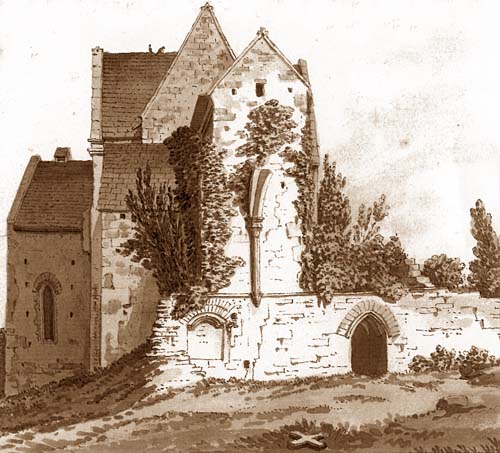
Refectory
1800

House
c. 1800
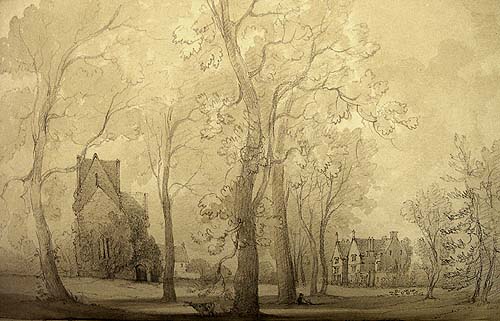
House
c. 1800
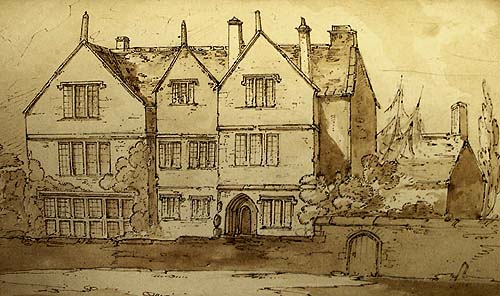
House
c. 1800

House
today
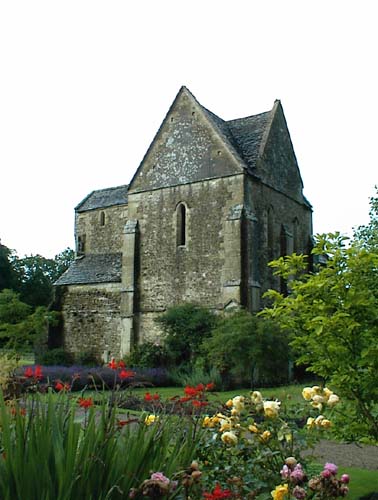
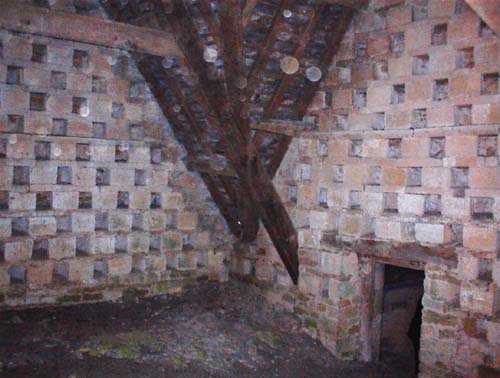
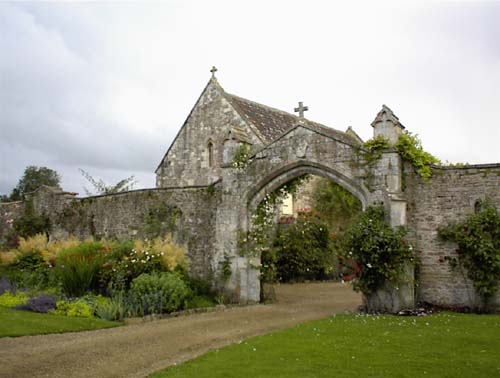
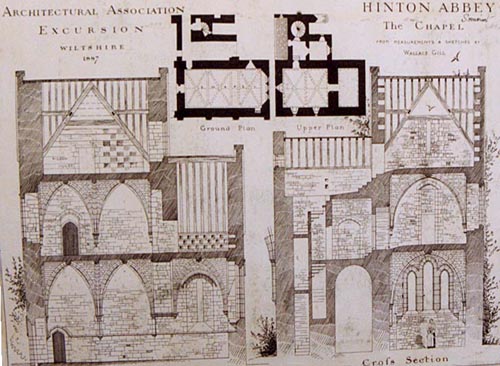
Hinton
Abbey 1887
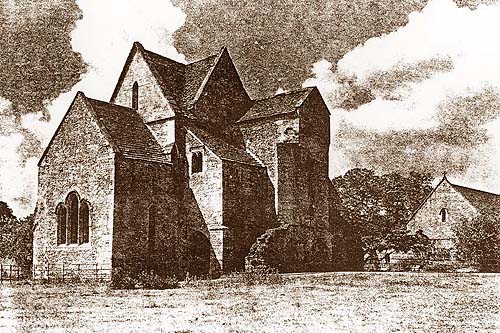
Refectory
1950
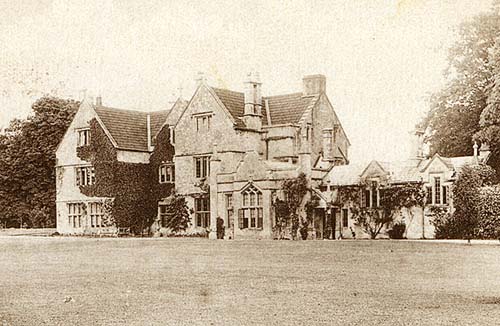
House
c. 1910
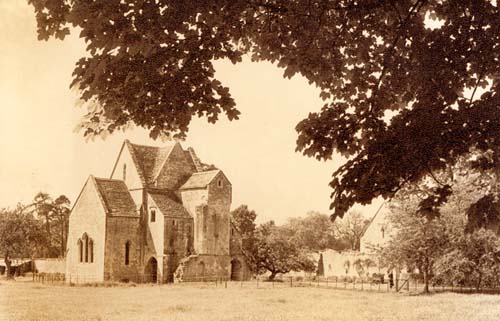
Refectory
1950
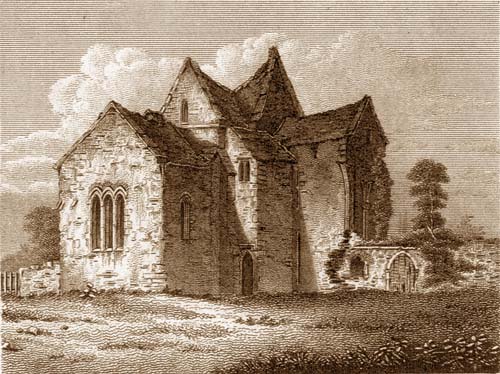
Refectory
1840
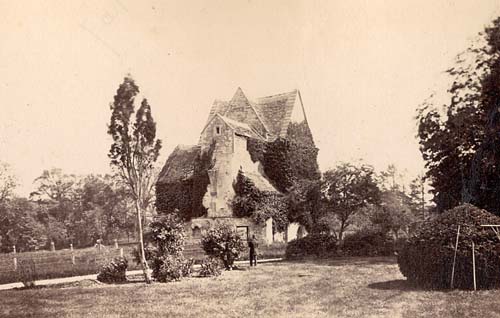
Refectory
1880
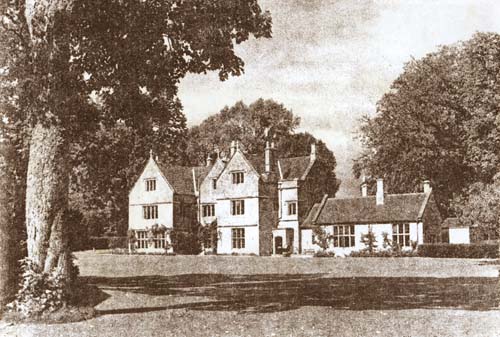
House
1950
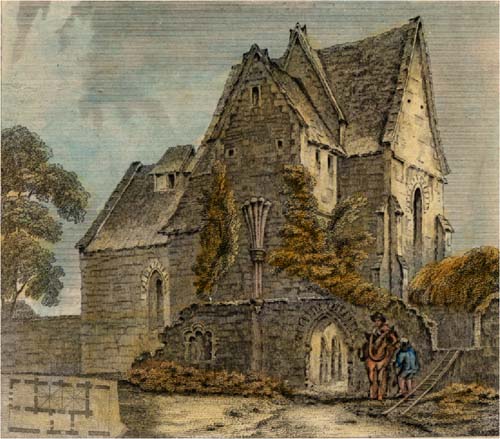
Refectory
1830
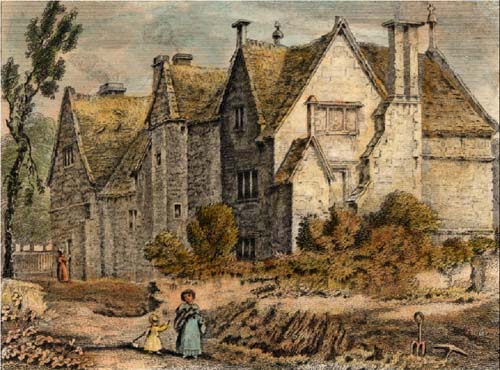
House
1830
